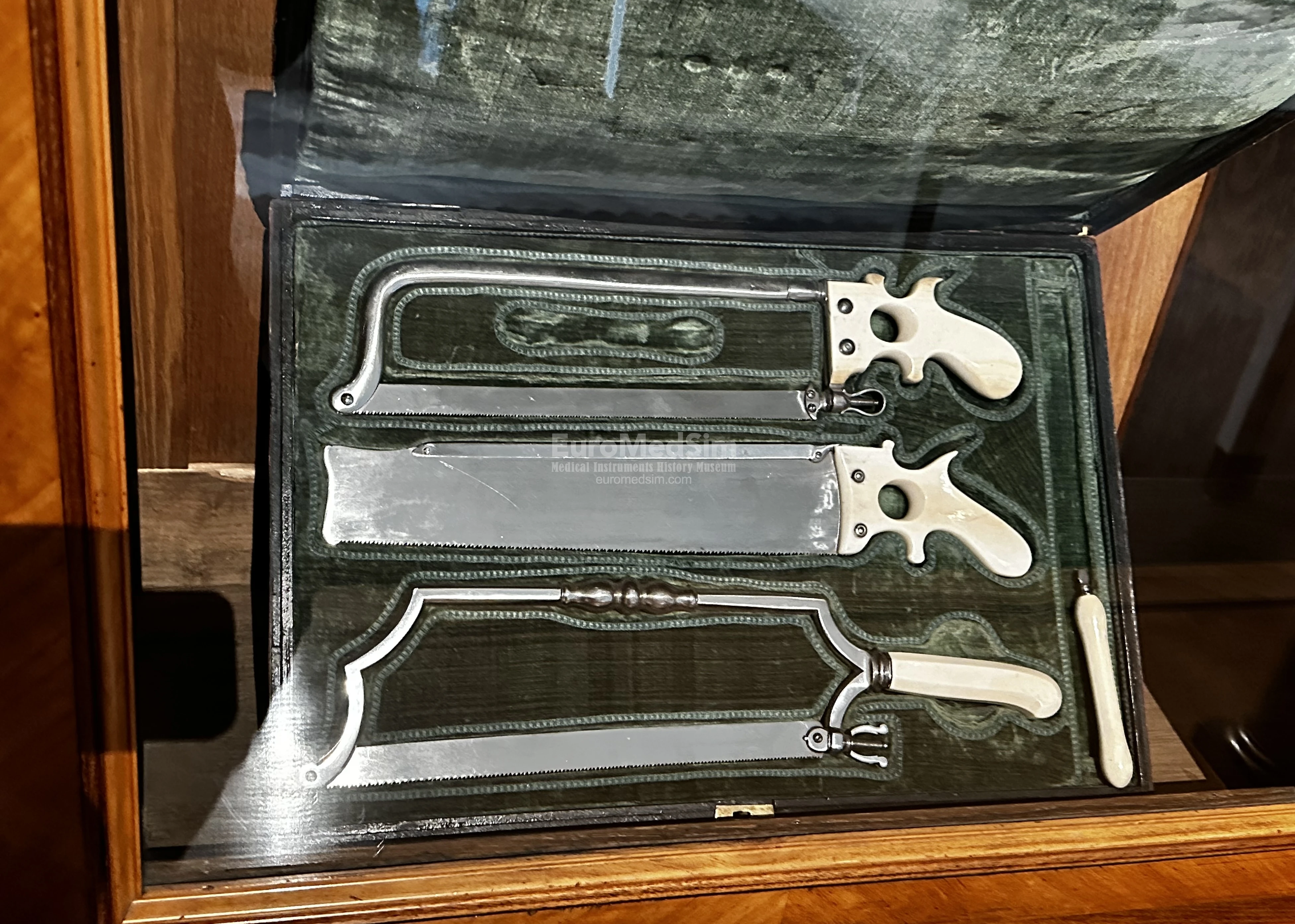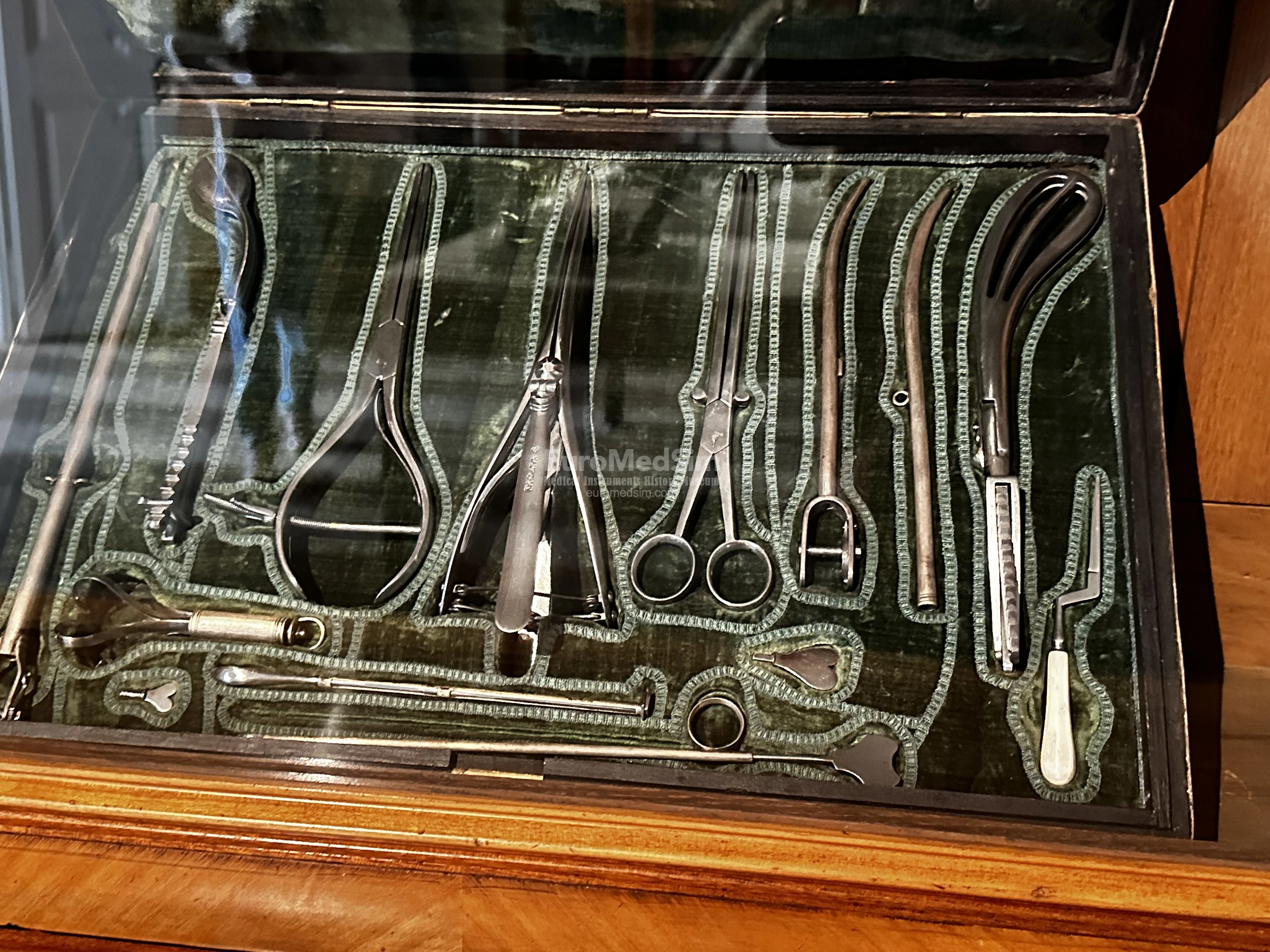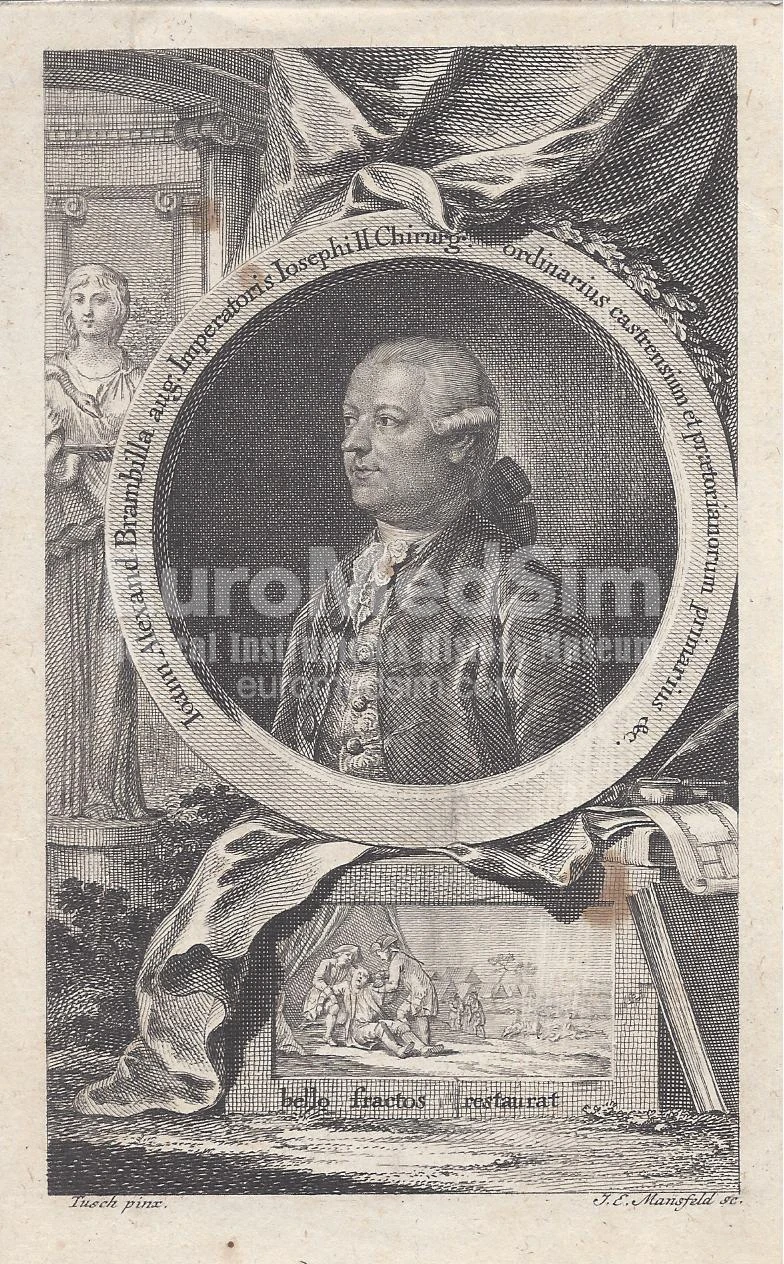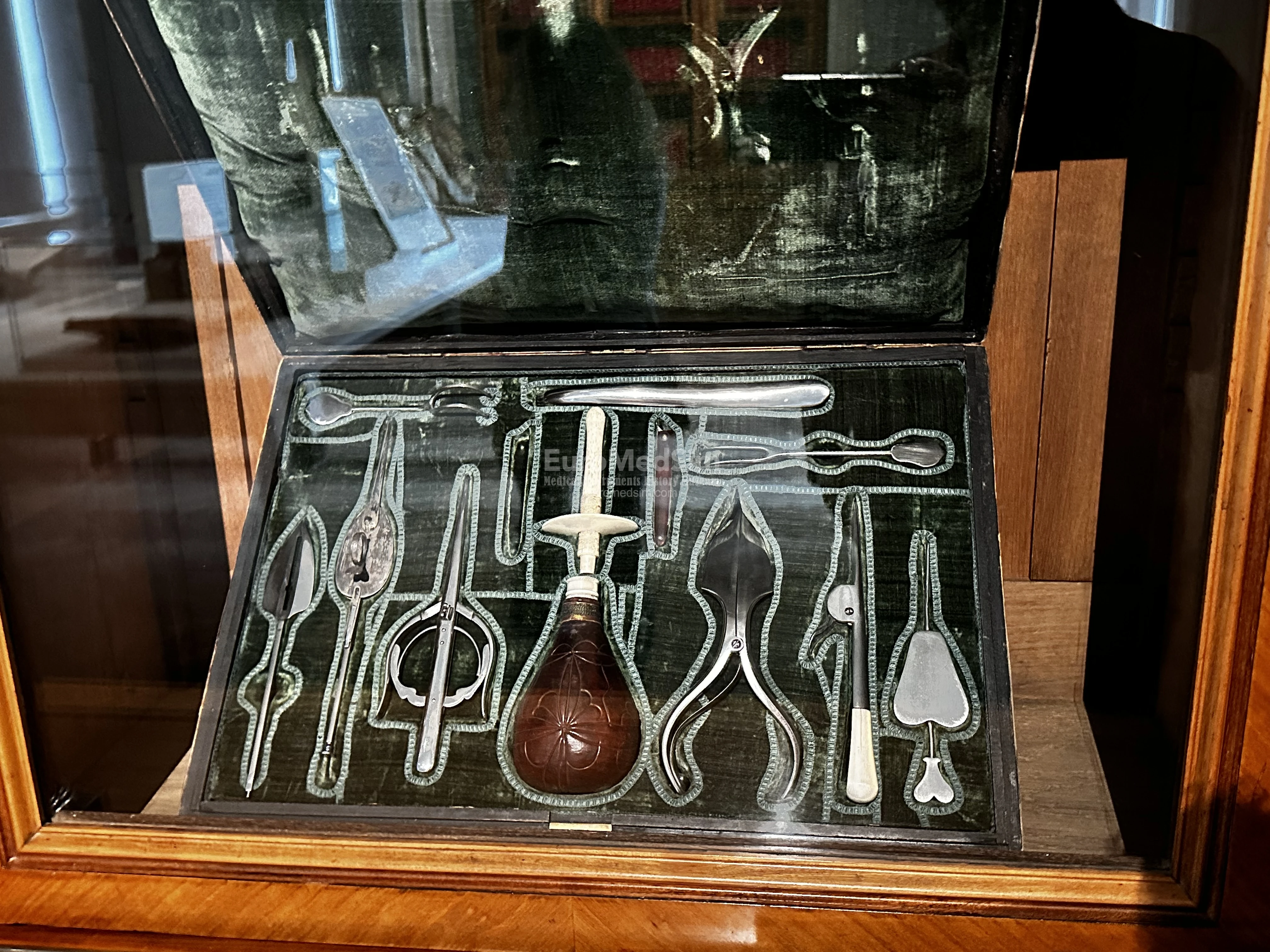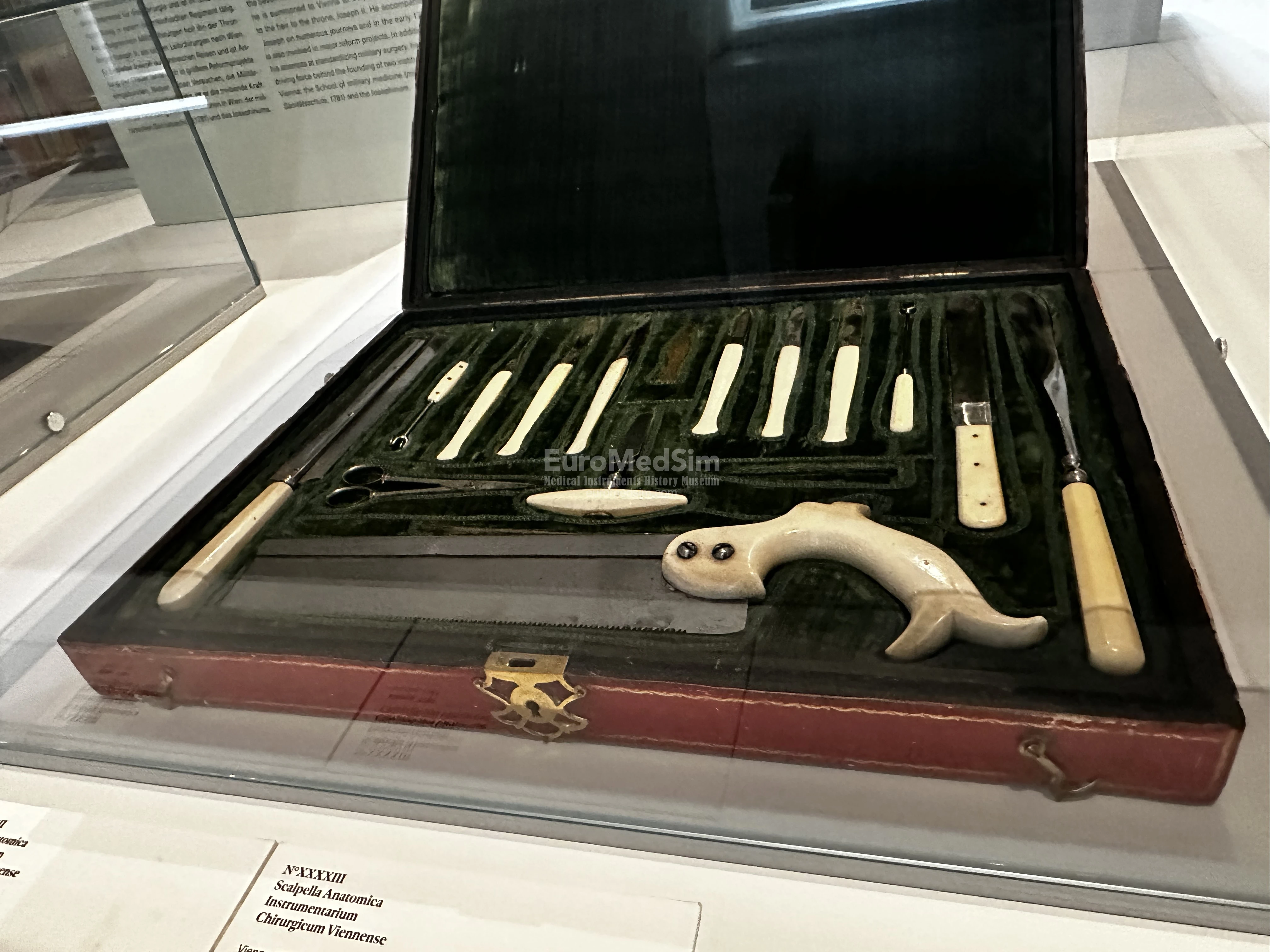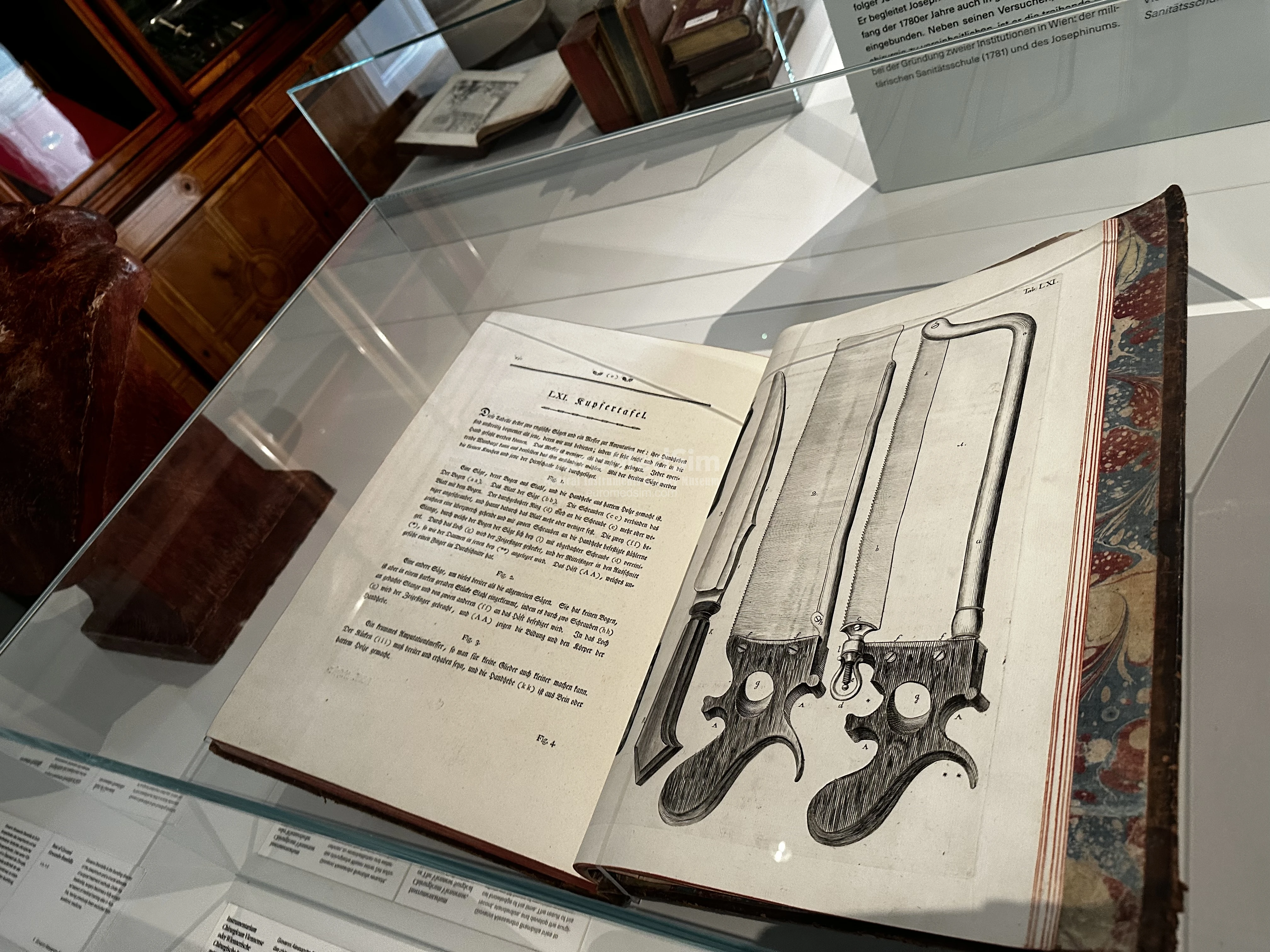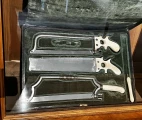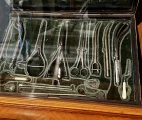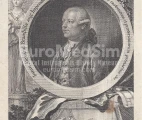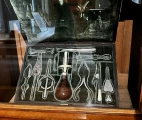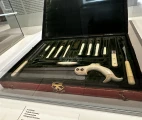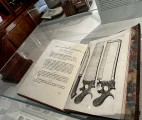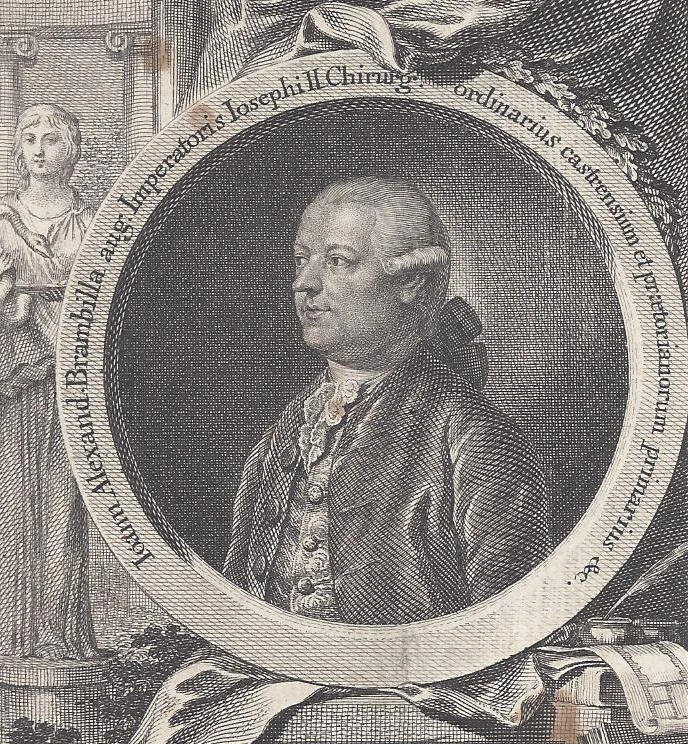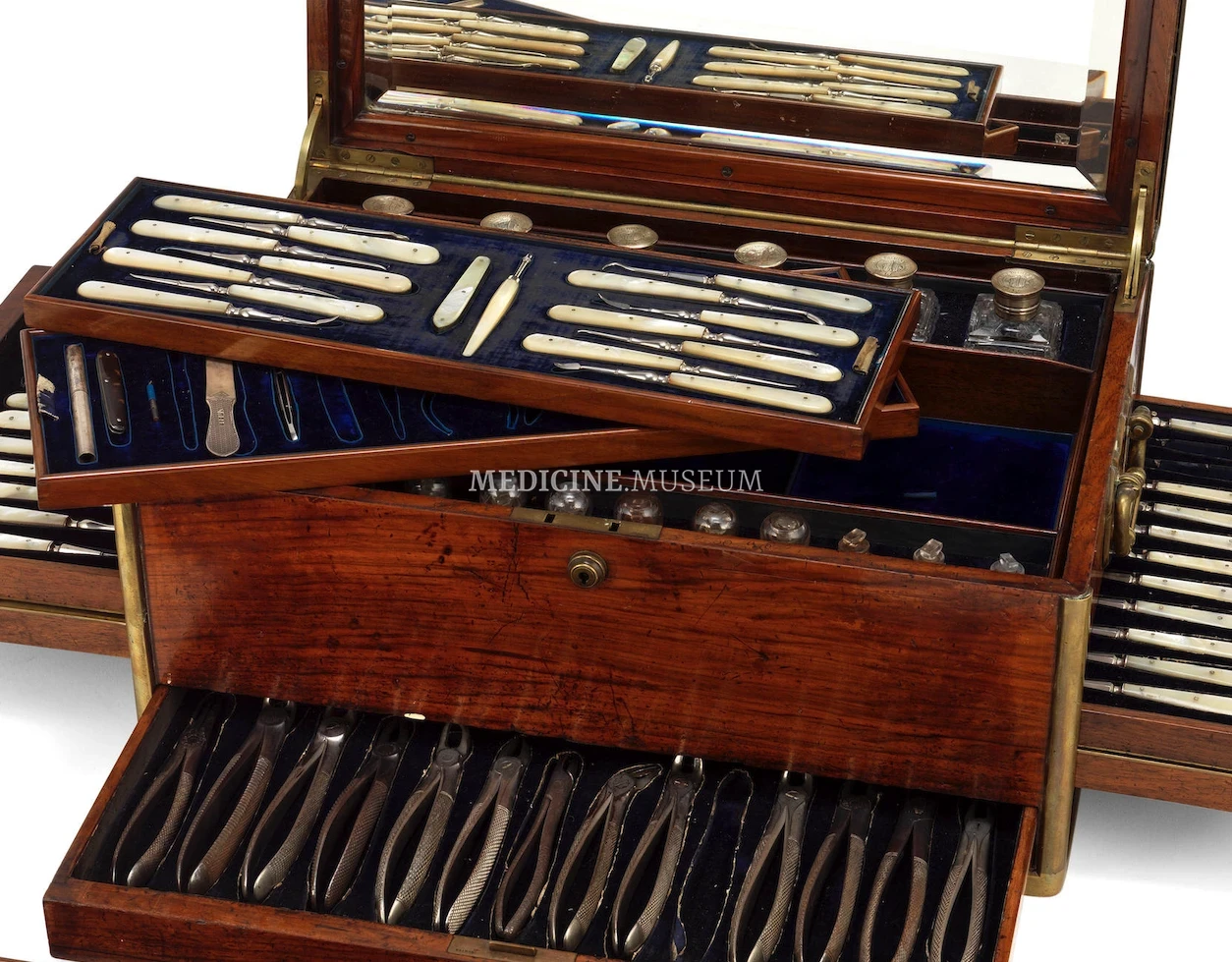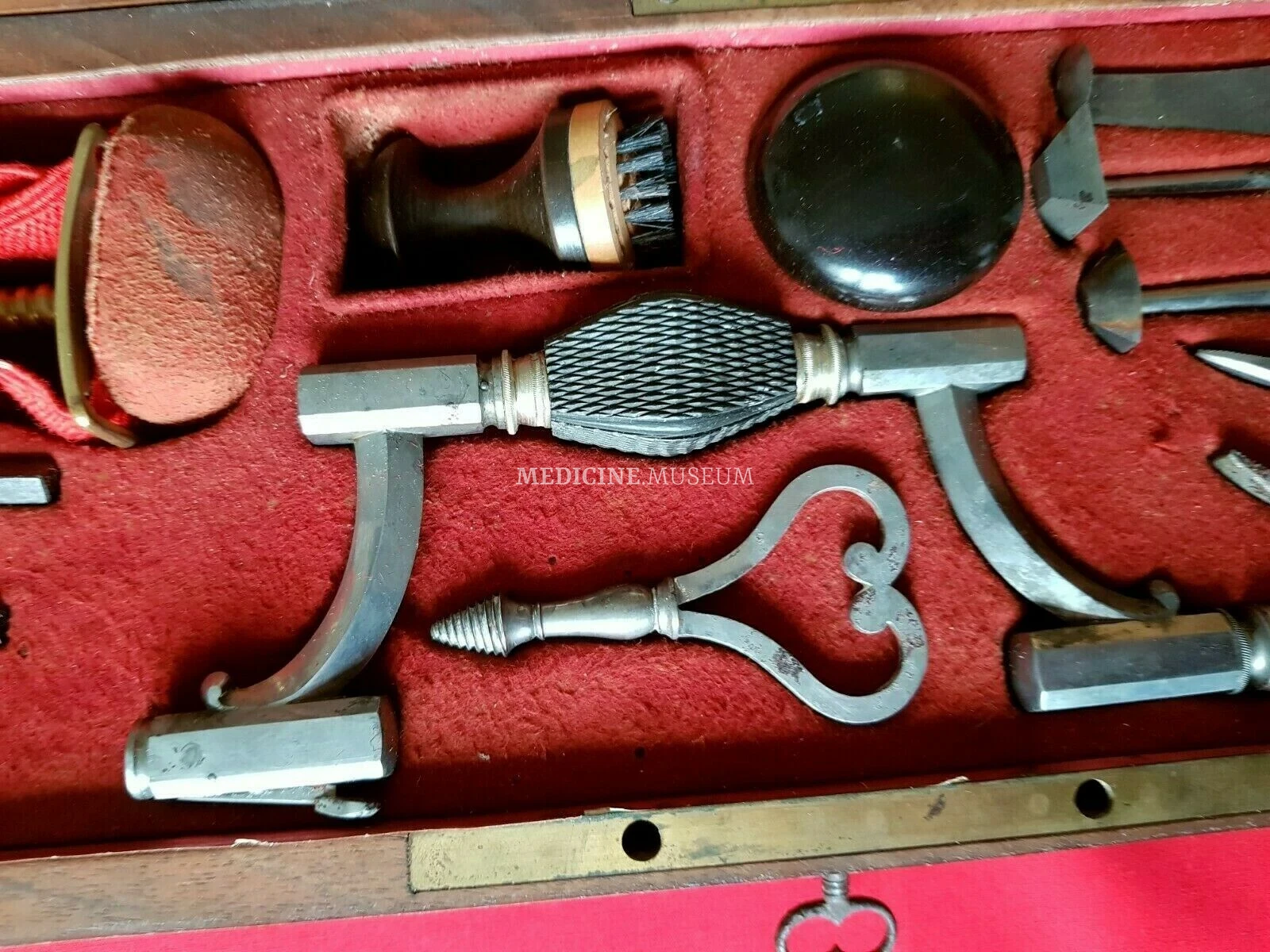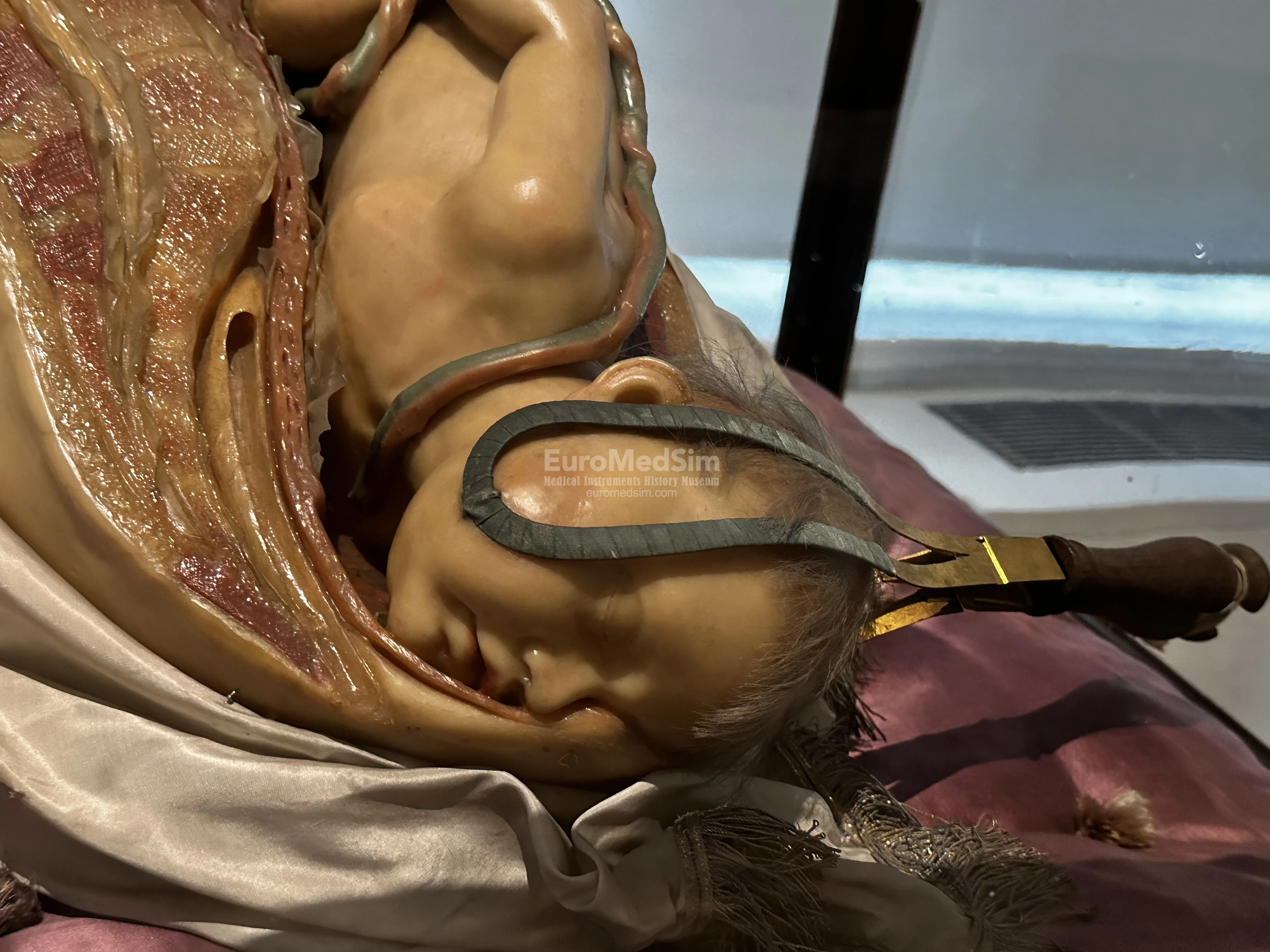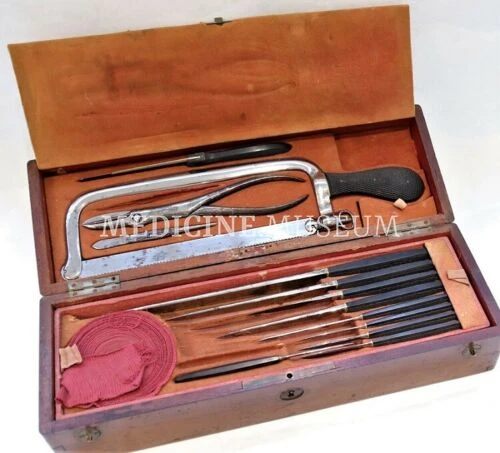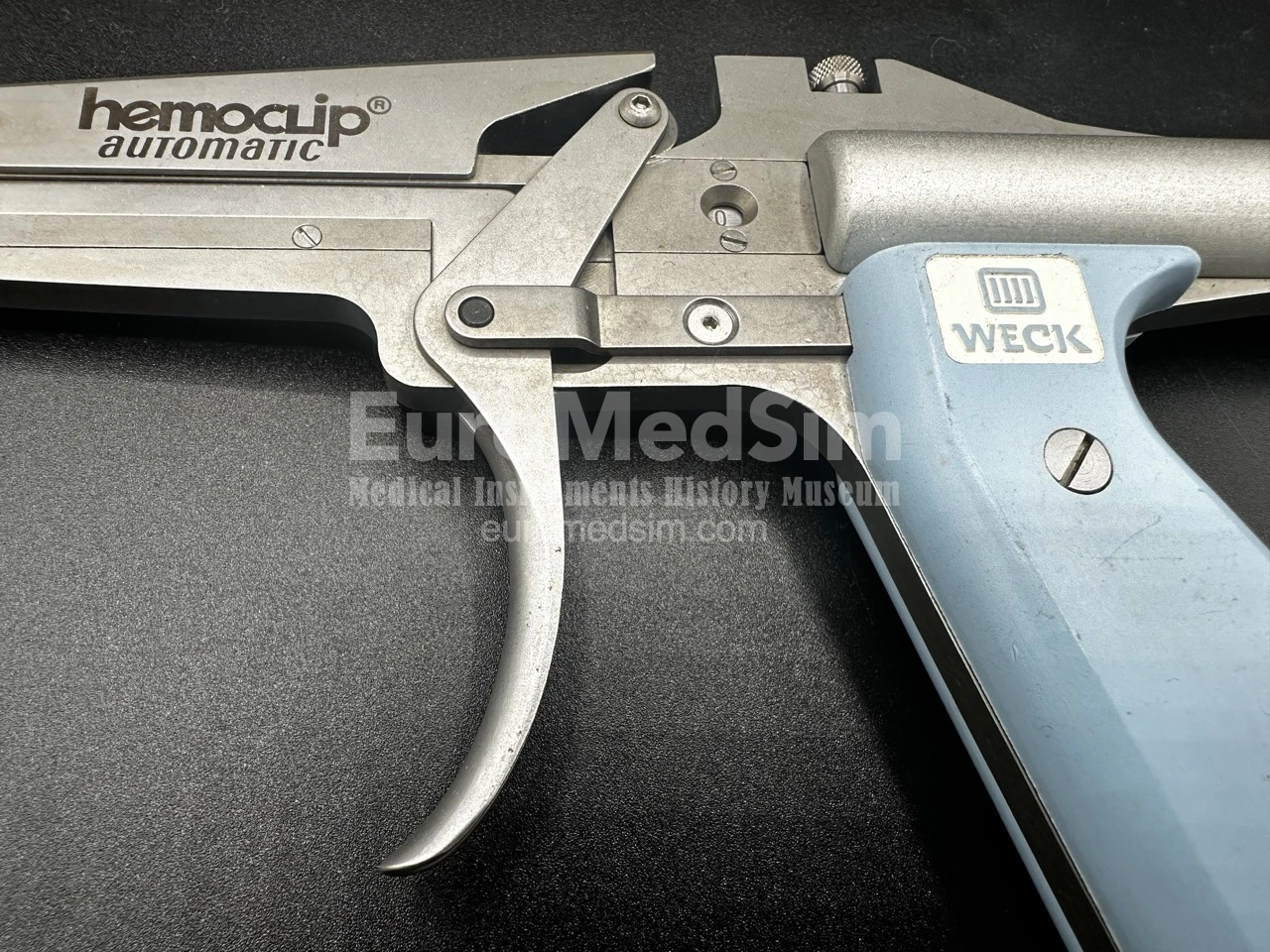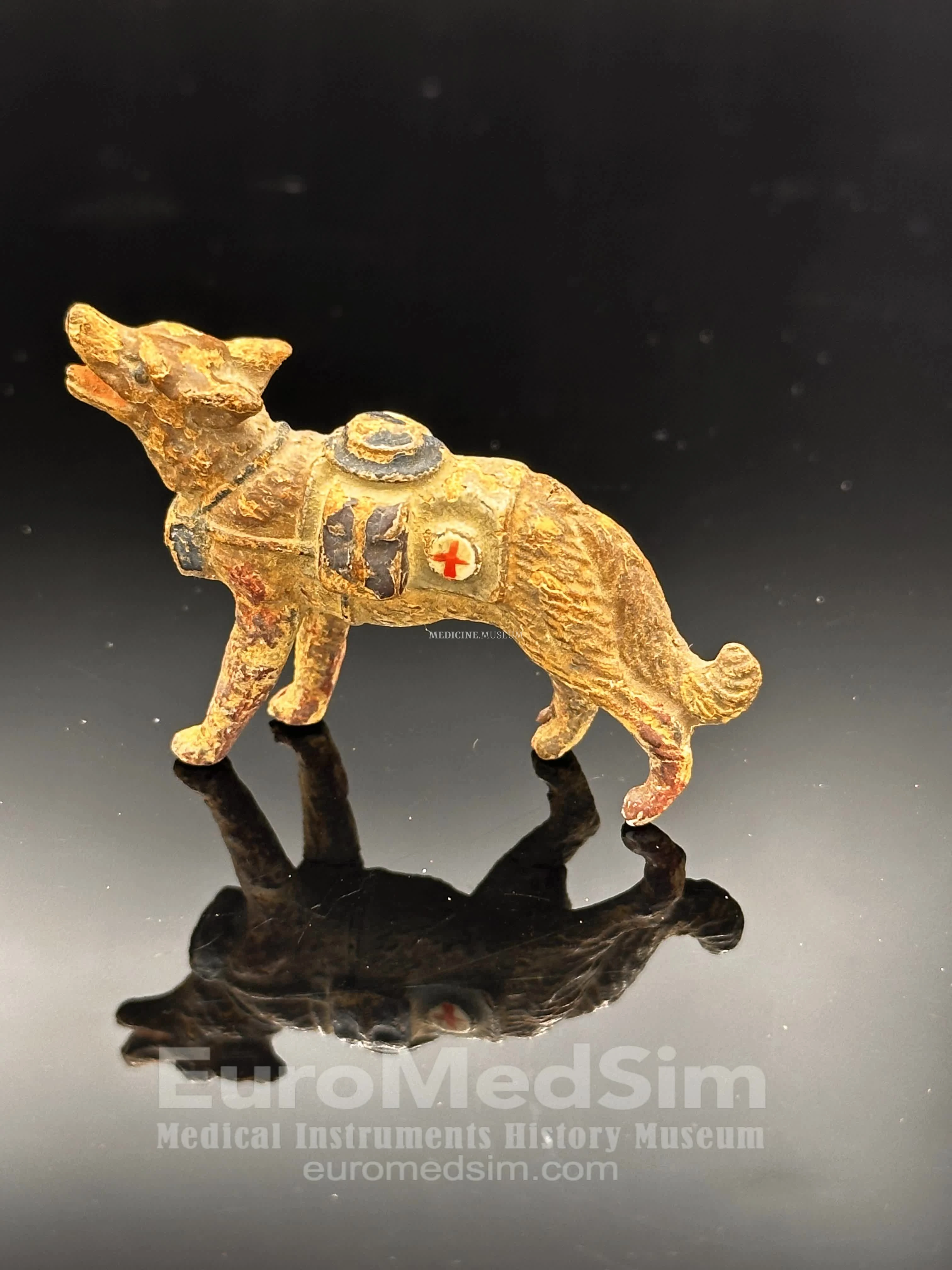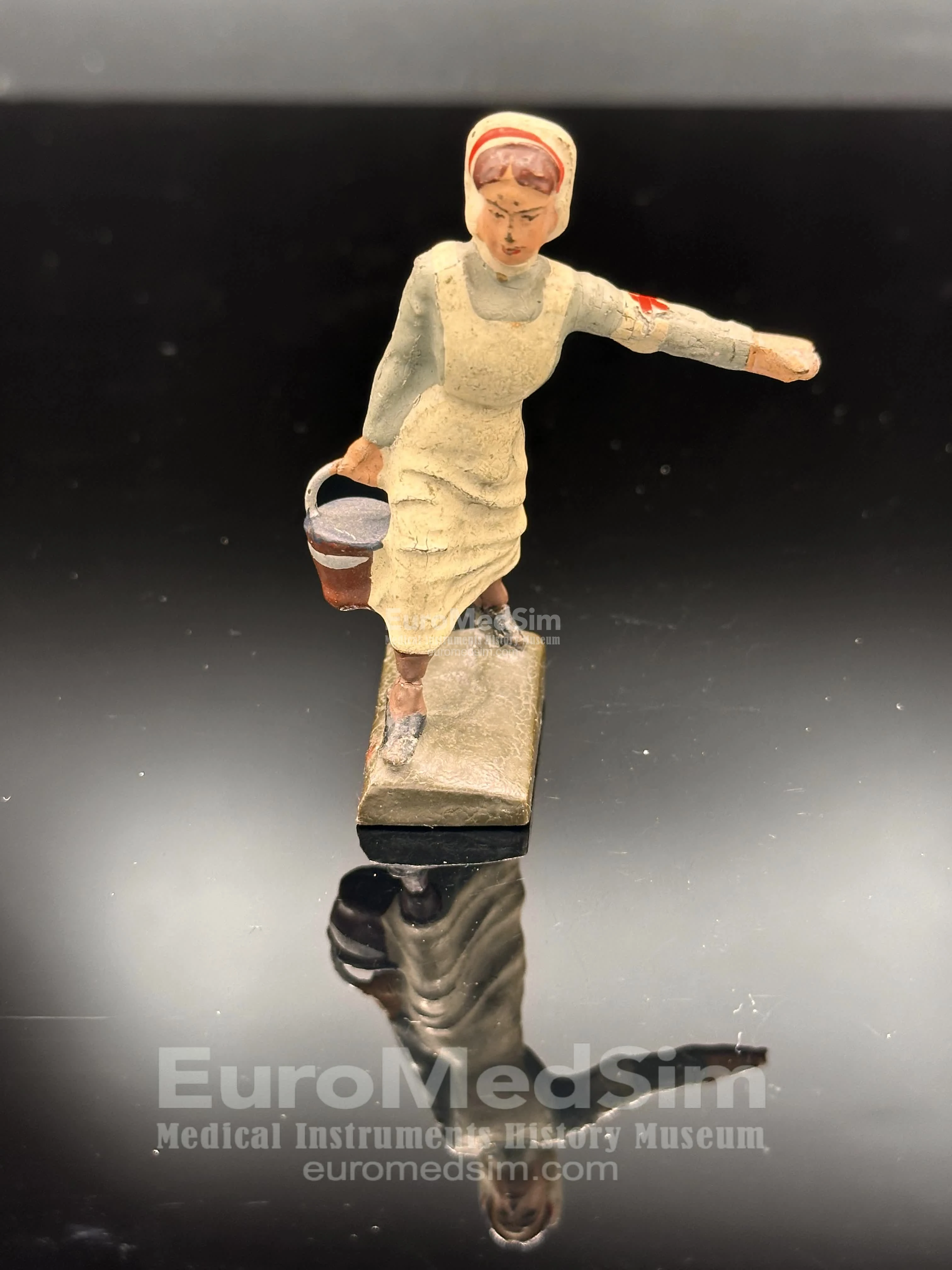Surgical Cased Sets Collection in Josephinum
In the heart of Vienna, in the grand neoclassical Josephinum, lies a treasure of history and science: a collection of surgical sets created under the direction of Giovanni Alessandro Brambilla, the Chief Surgeon of the Habsburg monarchy. These instruments, precision crafted by the famous Viennese master Joseph Malliard, are not just relics of medicine, but symbols of an era that sought to combine art, innovation and practicality in the pursuit of healing.
Visionary: Brambilla
The story begins in 1785, when the Josephinum Military Medical and Surgical Academy was founded by decree of Emperor Joseph II. Giovanni Alessandro Brambilla (1728-1800), the emperor's personal surgeon and the Chief Surgeon of the State, was charged with organizing and raising the standards of medical education and practice throughout the empire. Brambilla's plan was grandiose and innovative – the existing system of training doctors did not provide a solution to the task set for him. University study was too complex, gave a lot of theoretical knowledge and despite the duration of training, provided very little practical training, focusing on therapeutic rather than operative care of patients. Surgery, in fact, was separated from the medical sciences. Brambilla decided to create a centralized institution, where would receive theoretical and practical training hundreds of military doctors-surgeons, so necessary for the rapidly growing army – an instrument for the implementation of the ambitious plans of the Habsburgs to unite the vast empire under Austrian banners.
Brambilla realized the important role surgical instruments played in the success of operations. He envisioned a collection of specialized sets of instruments that would be available to medics throughout the Habsburg Empire, ensuring standardization, uniformity, and quality. For this he turned to Joseph Malliard, a craftsman from Vienna.
Craftsman: Malliard
Joseph Malliard was no ordinary tool maker. Known for his meticulous attention to detail and innovative techniques, he was the perfect collaborator for Brambilla's project. Brambilla provided Malliard with sketches based on French and English instruments, as well as illustrations from his own publication, Instrumentarium Chirurgicum Militare Austriacum (Austrian Military Surgical Instrumentation), first published in 1780 in German and then in 1782 in Latin language.
Together they designed and produced many sets of surgical cases, each for specific procedures, from amputations to cranial operations. The surgical instruments were arranged in 56 red leather boxes according to the direction of their use and, along with their detailed descriptions, served both to train future surgeons at the Josephinum and as a model for their standardized production for use throughout the Habsburg monarchy, greatly improved the quality and efficiency of medical instrument production in Austria in that era.
These cases were not just functional – they became works of art. Crafted from the finest steel and housed in wooden cases covered in red leather with gilded ornamentation, the instruments reflected both the precision of their purpose and the elegance of their era. The handles were made of ivory or black ebony. The sets were arranged according to their medical purpose - dissection, amputation, trepanation, and obstetrics. All of them were carefully labeled and placed in the pits of their respective boxes in a well-thought-out order.
Collection: Josephinum
Today, after a lengthy and thorough renovation of the Josefinum, this unique collection of exemplary images of 18th century surgical instruments is once again available to the public.
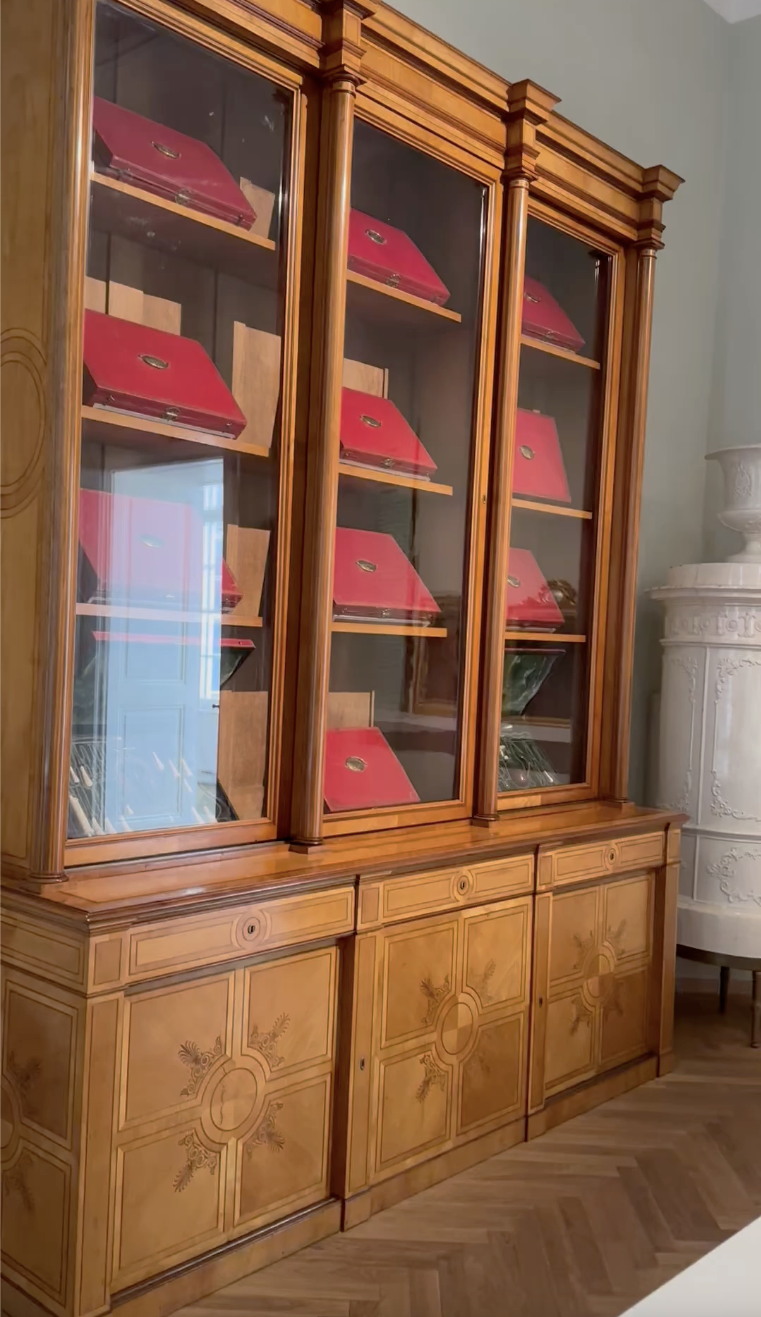
One of the vitrines with the Austrian military surgical instrumental sets. Josephinum, Vienna.
The Austrian Military Surgical Instrumentation consisting of 65 surgical kits remains one of the Josefinum's most valuable exhibits. Unfortunately, instruments from only a few boxes are open for public viewing, while the rest serve as mere beautiful decorations, placed behind glass display cases in luxurious ceiling-high cabinets. Visitors can only guess on their marvel at the ingenuity of eighteenth-century medical instruments and appreciate how these devices bridged the gap between archaic practices and modern surgery. These sets could tell us the story of the collaboration: of Brambilla's vision to standardize and elevate surgery, of Malliar's skill, and of Josephinum's ongoing mission to educate and innovate.
